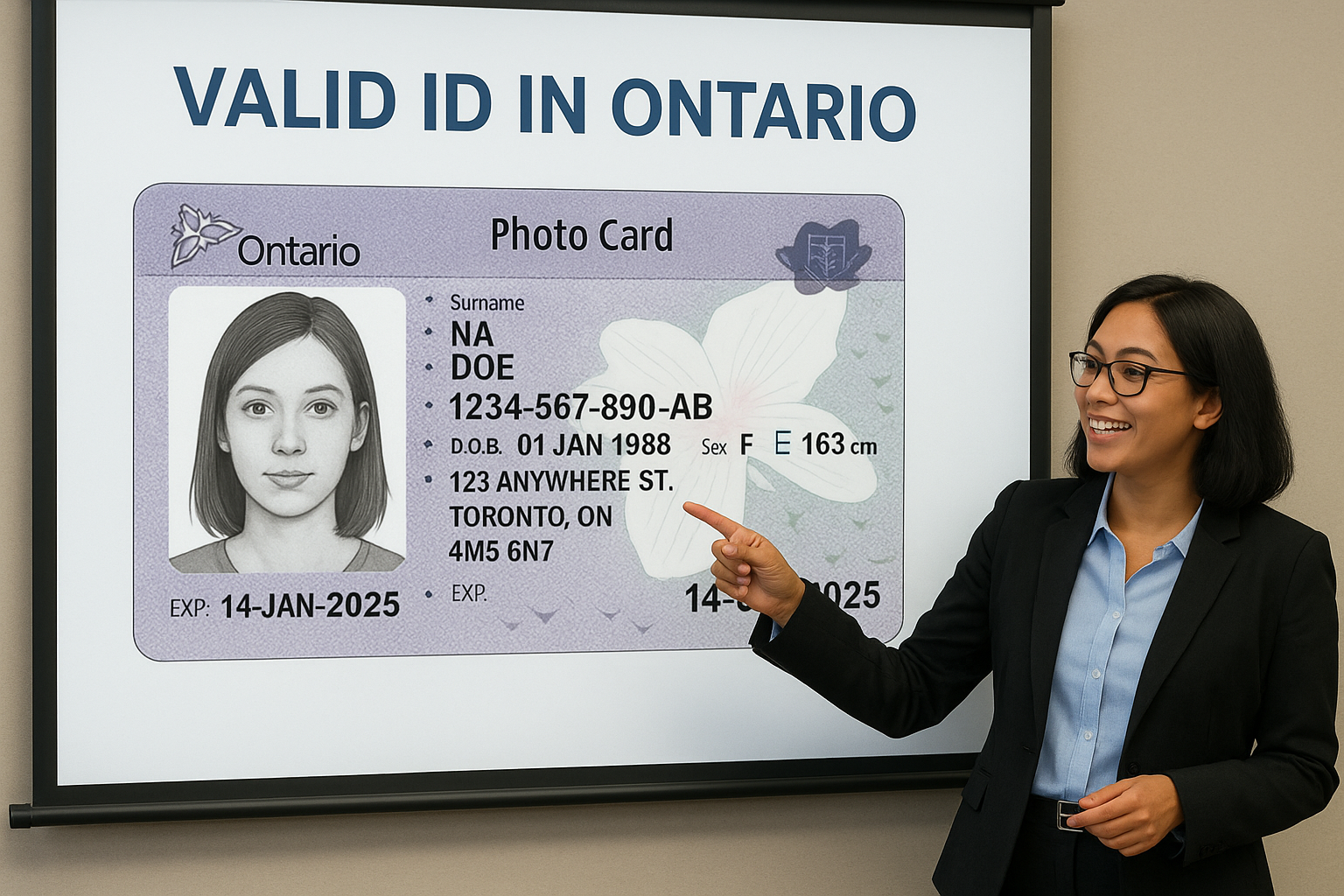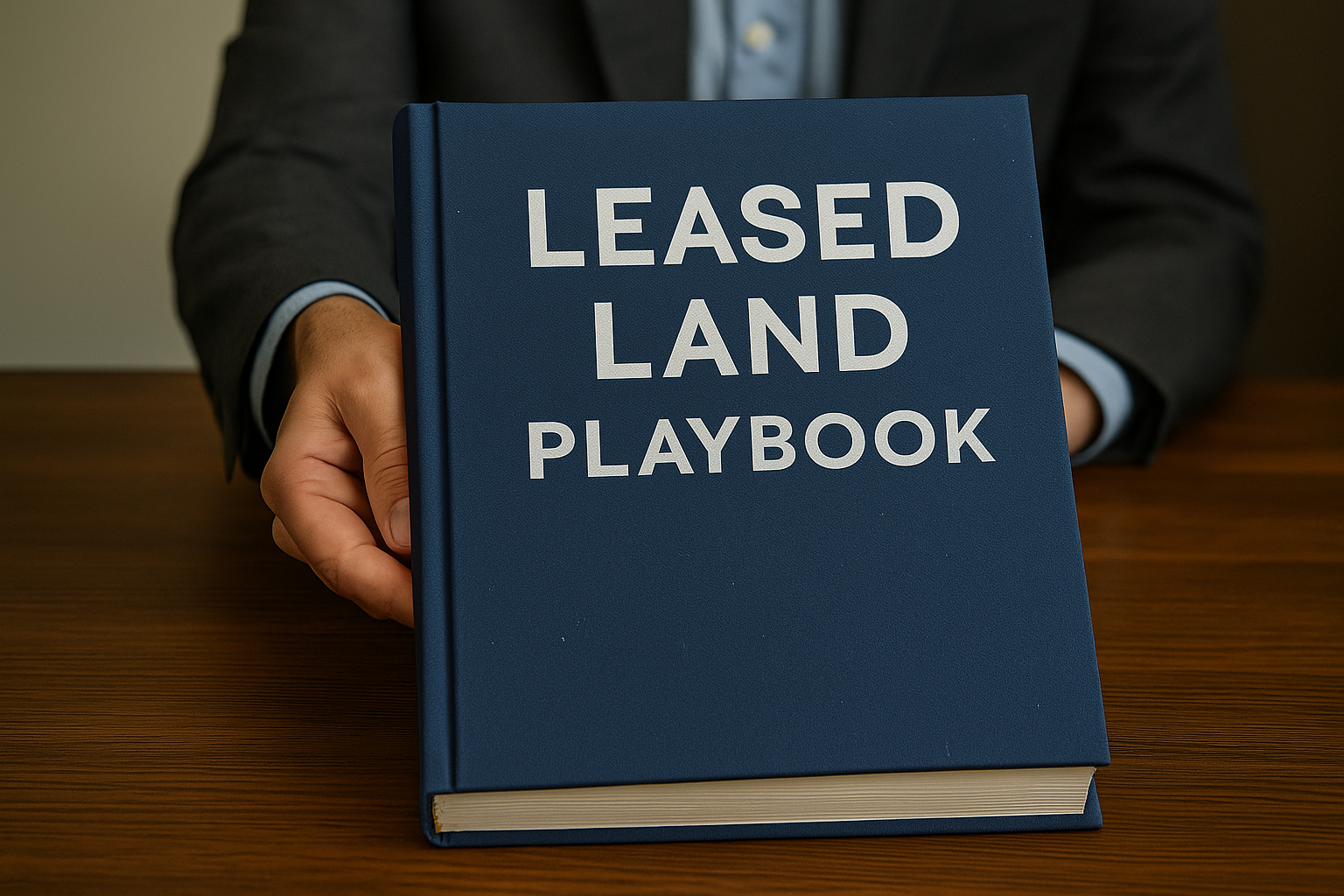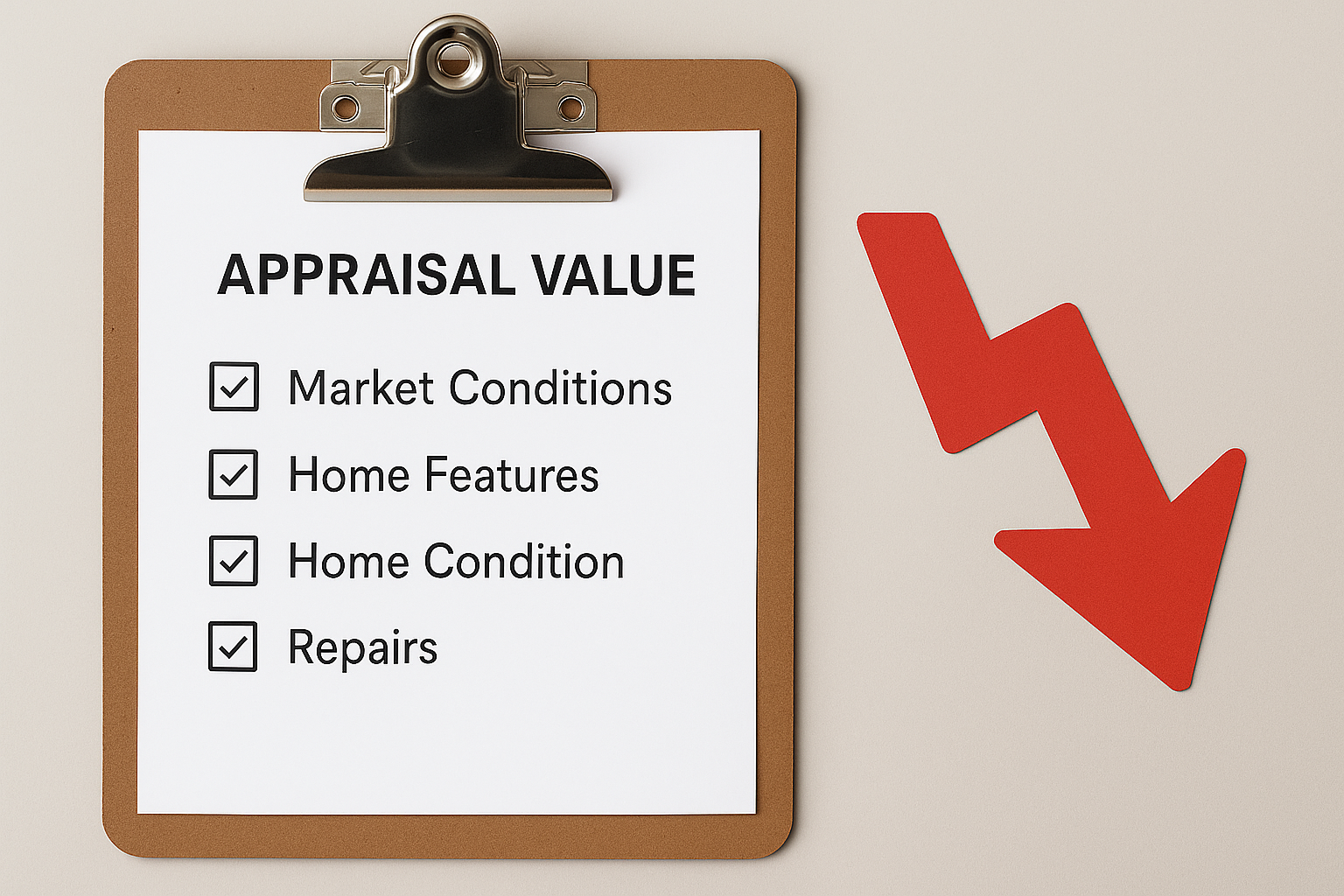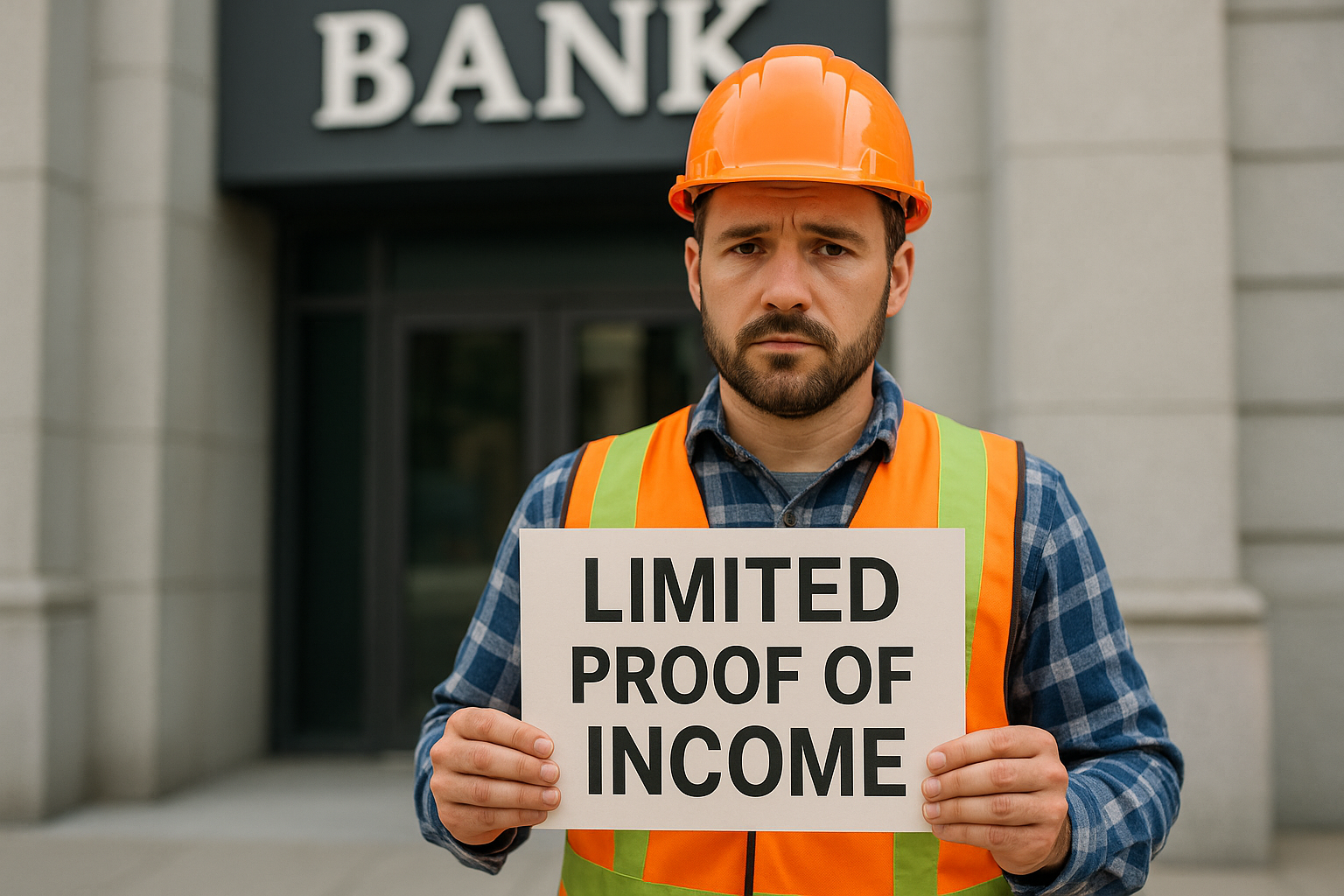Table of Contents
ToggleA Second Mortgage or HELOC: Which is Right for You?
Introduction
When Canadian homeowners find themselves needing additional funds—whether for home renovations, debt consolidation, or other financial needs—they often consider leveraging the equity in their homes. Two popular ways to do this are through a second mortgage or a Home Equity Line of Credit (HELOC).
In this article, we’ll explore both options in detail to help you make an informed choice. We’ll cover how each type of financing works, key differences, and the pros and cons of each to ensure that you select the right financial tool for your situation. It’s crucial to weigh all the factors carefully, as this decision can significantly impact your financial well-being.
What is a Second Mortgage?
A second mortgage is a loan taken against the equity of your home, similar to the initial mortgage. The major difference is that it is secondary to your first mortgage, meaning it gets paid off only after the primary mortgage in case of a refinance, sale or foreclosure.
A second mortgage provides homeowners with a lump sum amount, which is repaid over a set term, typically with a fixed interest rate. It’s ideal for individuals who need a substantial amount of money upfront for a specific purpose—for example, major home renovations, debt consolidation, or financing other big-ticket items.
Key features of a second mortgage include a fixed term, lump-sum payment, and monthly installments that must be met without fail. However, interest rates for second mortgages are usually higher compared to the first mortgage because lenders consider it a higher risk due to its subordinate position.
What is a HELOC?
A Home Equity Line of Credit (HELOC) is a revolving line of credit that allows homeowners to access the equity in their homes as needed. Unlike a second mortgage, a HELOC offers flexibility—it functions similarly to a credit card, where you can borrow as much or as little as you need, up to an approved limit.
Typically, a HELOC has two phases: the draw period and the repayment period. During the draw period, you can withdraw funds as needed, and most lenders only require interest payments. This makes a HELOC suitable for ongoing projects, such as renovations or emergencies that might require intermittent funding. After the draw period, the repayment phase begins, and homeowners must make regular payments to pay off the principal as well as the interest.
The primary advantage of a HELOC is its flexibility. However, most HELOCs have variable interest rates, which means your monthly payments can fluctuate with market conditions.
Key Differences Between a Second Mortgage and a HELOC
Access to Funds: Lump Sum vs Revolving Credit
A second mortgage gives you a lump sum of money upfront, making it an excellent option if you have a specific, one-time financial need, such as a major renovation or debt consolidation. In contrast, a HELOC provides a revolving line of credit that allows you to withdraw money as you need it, similar to a credit card. This feature makes a HELOC a great choice for ongoing or unpredictable expenses.
Interest Rates: Fixed vs Variable Options
With a second mortgage, you typically get a fixed interest rate, providing stability and predictable monthly payments. A HELOC, however, often has a variable interest rate, which means the rate may change over time depending on the market. This can be advantageous in periods of low interest rates but carries the risk of rate increases.
Repayment Terms: Set Monthly Payments vs Flexible Payments
A second mortgage involves fixed monthly payments that can combine both principal and interest, making budgeting easier for those who prefer predictability. On the other hand, a HELOC usually allows for interest-only payments during the draw period, which can help manage monthly expenses initially, but the repayment phase can become more challenging if rates increase.
Common Use Cases
Second mortgages are well-suited for homeowners who need a one-time, large sum for debt consolidation or major renovations. HELOCs are often the preferred choice for those needing ongoing access to funds, such as financing multiple smaller home projects over time or creating a financial safety net for emergencies.
Pros and Cons of a Second Mortgage
Pros
- Fixed Rates: Most second mortgages come with fixed interest rates, which provide stability and make it easy to plan your budget.
- Lump Sum Payment: The funds are delivered all at once, which is ideal if you have a big expense, such as a large renovation project or medical bills.
- Predictability: Monthly payments are fixed, which simplifies financial planning.
Cons
- Immediate Interest Payments: Since the loan is given as a lump sum, interest starts accumulating immediately.
- Less Flexibility: Unlike a HELOC, you cannot re-borrow any part of the principal once it’s paid off.
Pros and Cons of a HELOC
Pros
- Flexible Access to Funds: Borrow as much or as little as you need, up to your credit limit.
- Interest-Only Payments During Draw Period: This can be advantageous for managing your monthly cash flow, especially in the early stages.
Cons
- Variable Interest Rates: The rate can fluctuate, potentially increasing your monthly payments and overall cost of borrowing.
- Potential to Accumulate Debt: The revolving nature of a HELOC means it can be tempting to keep borrowing, which could lead to difficulties in repaying the loan.

Factors to Consider When Choosing Between a Second Mortgage and a HELOC
Financial Goals
Think about your ultimate financial objective. If you need a large amount all at once—such as for debt consolidation or purchasing an investment property—a second mortgage may be the best option. For ongoing expenses or a financial safety net, a HELOC is likely more appropriate.
Interest Rate Sensitivity
Consider whether you are comfortable with the possibility of rising interest rates. If you prefer stability, a second mortgage with a fixed rate is likely the better choice. If you can handle rate fluctuations, a HELOC could offer lower initial interest costs.
Monthly Cash Flow
If managing monthly cash flow is a concern, the interest-only payments during the draw period of a HELOC may be beneficial. However, keep in mind that once the repayment period begins, the payments could increase substantially, especially if interest rates have risen.
Credit Score and Loan-to-Value Ratio
Your credit score and the amount of equity you have in your home will influence the type of loan you can qualify for. Second mortgages typically have stricter requirements compared to HELOCs, which might be more flexible depending on your financial history.
Real-Life Canadian Examples
Consider a homeowner in Toronto who needed to complete a series of renovations over time. A HELOC was the ideal option, providing the flexibility to draw funds as each phase of the renovation was undertaken. By paying interest only on the amount withdrawn, they were able to keep monthly payments low during the renovation process.
In another example, a homeowner in Ottawa chose a second mortgage to consolidate high-interest debt, such as credit card balances and personal loans. By doing so, they took advantage of a lower interest rate and the lump sum enabled them to pay off all existing debt, streamlining their payments into a single, manageable monthly installment.
Second Mortgage or HELOC for Specific Needs
Home Renovations
If you have a large renovation project that requires a lot of money upfront, a second mortgage might be the best choice. This allows you to fund the entire project without worrying about fluctuating interest rates.
Debt Consolidation
Both second mortgages and HELOCs can be used for debt consolidation. A second mortgage is ideal if you need a one-time, large sum to pay off debts, while a HELOC offers ongoing access to funds if you want flexibility in managing various smaller debts.
FAQ Section
- What is the difference between a HELOC and a second mortgage?
A HELOC is a revolving line of credit, while a second mortgage provides a lump sum upfront with fixed payments. - Can I qualify for a HELOC with bad credit?
Yes, it may be possible, but the terms will depend on your equity and financial history. - What are the interest rates like for second mortgages?
Second mortgage rates are typically higher than first mortgage rates due to the increased risk for lenders. - How much can I borrow with a HELOC?
The amount you can borrow depends on the equity in your home, typically up to 65-80% of the home’s value. - What happens if I can’t make my payments on a second mortgage?
You risk foreclosure if you fail to make payments, as the lender can take legal action to recover the owed amount.
Final Thoughts: Choosing Between a Second Mortgage or HELOC
Both a second mortgage and a HELOC can be valuable tools for accessing the equity in your home, depending on your specific needs. If you need a one-time, substantial sum, a second mortgage might be the ideal solution, offering stability with fixed interest rates. On the other hand, a HELOC provides flexibility for ongoing expenses or when you need a safety net.
Understanding your financial goals, comfort with interest rate fluctuations, and monthly cash flow is crucial when making this decision. Consult with a mortgage specialist to assess which option best aligns with your needs and circumstances. Remember, leveraging your home equity is a major financial decision—ensure you have the right support and information to make the best choice.
- Leased Land Mortgages in Ontario: How to Qualify and What to Expect - June 30, 2025
- Hard Money Mortgage Lending in Canada: A Homeowner’s Guide - June 9, 2025
- What is Home Equity and How Does It Work? Learn More 2025 - June 6, 2025






